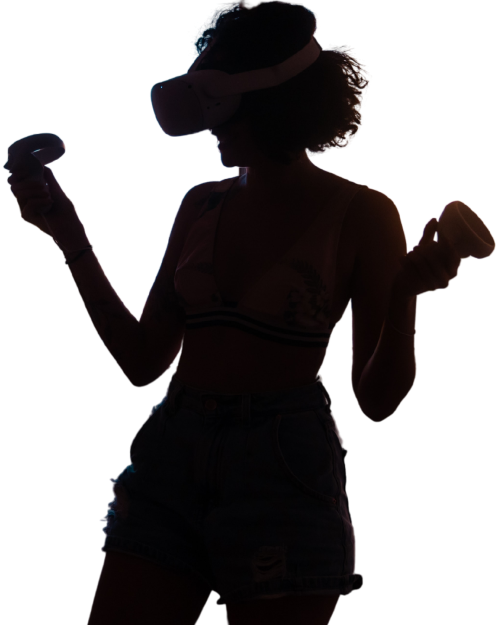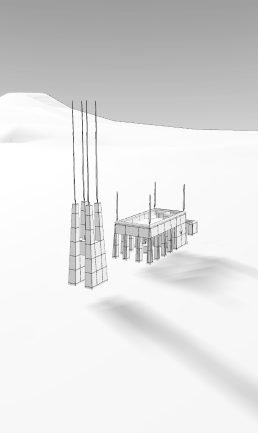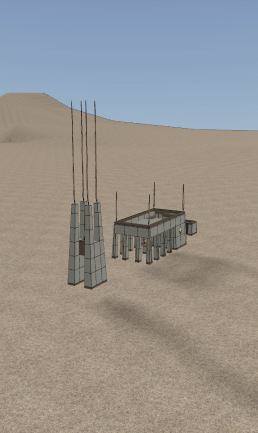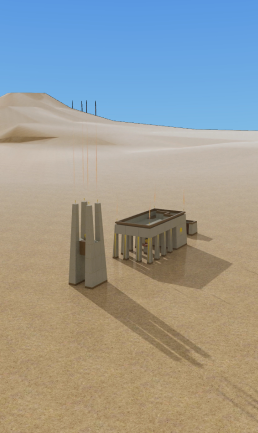
In March 2020 architect Antwane Lee of Chicago contacted us to create the virtual version of his project: Solar Shrine. This happened just as the whole world closed due to the COVID 19 pandemic.


As a result, architect Lee’s project was produced on 5 different immersive virtual reality platforms with high graphic quality, augmented reality, and multi-user VR systems. The project was shown and successfully exhibited to the public at Burning Man 2020 virtual event.




This model is ideal to place as a link on the main project or Burning Man website. It can be used to carry out virtual tours with high image resolution and to show the spaces and infrastructure of the Solar Shrine project. The designed Enscape model can be visualized on a monitor non immersive level or/and using a VR Head set such as Oculus Go, Quest, or HTC Vive.
Credits to Jack Glavin.
This tool allows us to create a video to be published on the Solar Shrine or Burning Man’s YouTube channel or on the website to promote the event. It is a highly photorealistic video that includes sound and movement, that means, that we recreated activities, conversations, and animations of the elements on stage. The big difference with Enscape is that the result on Twin Motion is an animated video and not a virtual model that can be navigated, and on the other hand, in Twin Motion the elements on stage are not static.
Credits to Gabrielle Norton and Caue Costa
Through Kubity Go we were able to create a portable virtual model to be viewed using AR or VR from cell phones. The advantage of this application is that the project can be shared and shown very efficiently by downloading the free Kubity GO App on the cell phone. Scanning the QR codes with this app allows to have the model on the mobile phones. The Solar Shrine version on Kubity Go can also be viewed on Oculus Go or Quest. The photorealistic quality of the Kubity model is not as high as Enscape, Twin Motion or Roundme, but it is a practical and optimized rendering alternative using portable code on cell phones. It can also be viewed with VR Headsets smart phones-based VR, which are quite affordable. For modeling and efficiency reasons, a complete desert and dune context is not included in this model, but the protagonist is the Solar Shrine model.
Additionally, the Solar Shrine model in Kubity Go allows the use of Augmented Reality, which overlays the digitally created Solar Shrine into the user’s real-world environment.
Credits to Jack Glavin and Gabriela Bustos
Mobile

VR

AR
